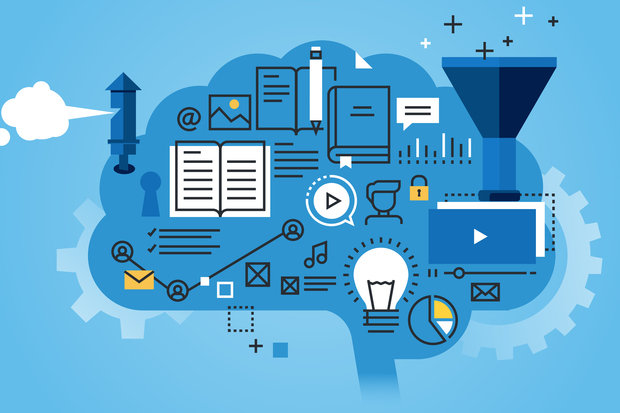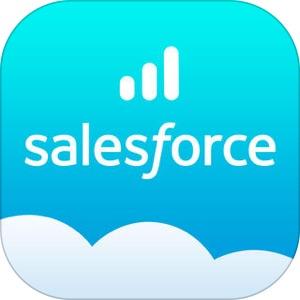What to look for in Data Mapping Software
Data mapping software is a tool used within data warehouses to link data elements between source and target systems. Data mapping is necessary at the different stages of importing and exporting data. Every exchange of data involves attributes, schema, and challenges in matching data types and formats. It’s an essential part of extract, transform, and load (ETL) operations but typically requires some knowledge of data modeling principles.
Successful data mapping is critical to data integration. It’s the first step in many data migration processes. Transfers between data fields in a source system in one format or platform must be mapped to corresponding fields in the target system. Identifying these relationships between separate data sets is essential to preserving data lineage and providing data integrity.
 Many businesses today find it necessary to consolidate data from the various source systems, formats, and business applications in use. A cohesive data set helps ensure accuracy for analytics that will provide deeper understanding of operations, increase productivity, and add company value. Bad, redundant, or missing data can crash processes or lead to false conclusions. Customer facing teams, for instance, must have the correct and most recent information to best serve each customer.
Many businesses today find it necessary to consolidate data from the various source systems, formats, and business applications in use. A cohesive data set helps ensure accuracy for analytics that will provide deeper understanding of operations, increase productivity, and add company value. Bad, redundant, or missing data can crash processes or lead to false conclusions. Customer facing teams, for instance, must have the correct and most recent information to best serve each customer.
At one time data mapping was done by developers using procedural scripts. More current tools use graphical interfaces that allow users to align different fields and assign transformations with a few clicks and minimal code. In many cases, data mapping software can automatically detect these relationships between data sets. Some applications maintain a metadata registry to assist with lookups in matching elements between systems.
What to look for in data mapping software:
User interfaces should allow for code-free mapping. This makes it simpler for business users across the enterprise who may not have business intelligence training. Intuitive drag-and-drop screens with clickable options make it easy to create mappings between data elements. There should also be built in data profiling for validating and cleansing data to ensure the best quality in your business information. Software for mapping data should support a wide range of database products and file formats, as well as provisions for managing and debugging more complicated data flows.
Some features you might want in software for mapping data include:
Simple Filtering: This allows you to extract specific records from larger data sets.
Multi-Level Conditioning with Filters: Conditioning is a software process for intelligent routing and optimization of data, usually taking place at the CPU or storage controller.
Map to a Specific Instance: This allows you to map repeated data elements into a single target element.
Map from a Specific Instance: The opposite, this is the ability to map a single source element into multiple fields at the target.
Link Independent Sources to Order: This allows you to extract data from multiple occurrences in both source and target systems into orderly structures based on criteria.
Conversion Table: Conversion tables provide a way to automatically reformat or restate data elements, such as zip codes into counties, state names to abbreviations, and similar requirements.
Unification of Data Elements: This is a way to transform multiple data elements into a unified element based on conditions such as a variable or a classification.
Splitting Data Elements: This allows you to break down a single data element into multiple elements, such as splitting a full address line into multiple fields for street, city, state, and zip code.
XML and the Web
XML, or extensible markup language, is a delimited form of text data file with HTML markers. It’s recognized by most browsers and can be interpreted and loaded into both offline and online databases. It can be mapped to and combined with other data into HTML format for re-display in a browser.
HTML to XML can also capture data from web page formats such as displayed tables and convert it to XML files without losing the original document style. Converting web content into an XML schema can also involve an XSLT, or XML stylesheet, to provide consistent styling to any XML data displayed.
XML capability is essential in software for mapping data obtained from published web sources into a format that can be used with almost any modern data system, or for consistent display on web-based data interfaces.
There is a growing need for data mapping software to convert a variety of data sources and structures into a precise, cohesive form in business intelligence systems. Data mapping is an essential first step to providing orderly, efficient data to speed day-to-day business operations.



